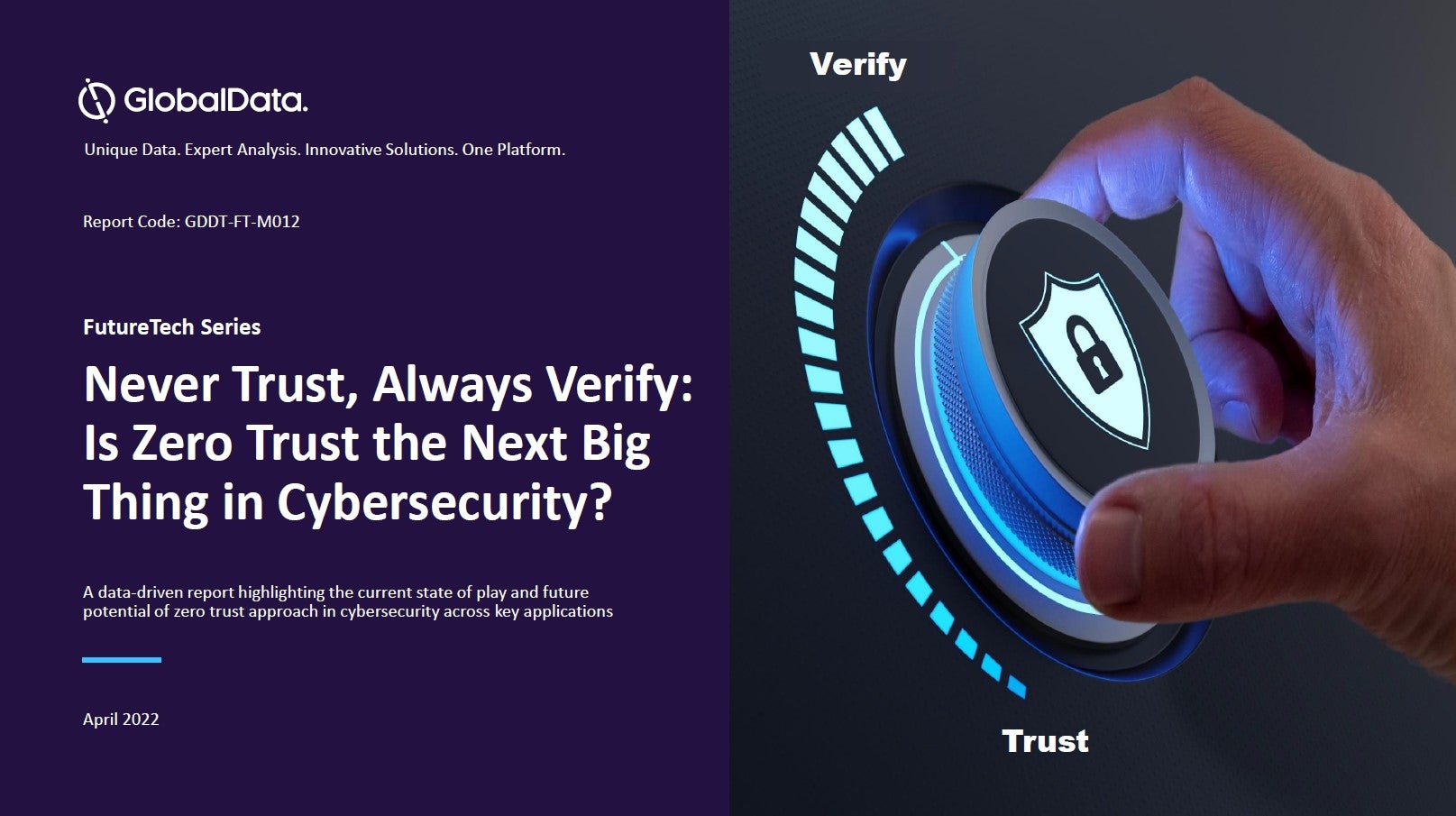In an age of instant gratification and digital domination, client-onboarding still remains a time consuming and highly manual process for private banks.
Lengthy Know Your Customer (KYC) due diligence processes is a well acknowledged, industry-wide issue. It can still take up to three months to fully onboard one client for private banks. While customer centricity and user experience (UX) are being held to the highest of standards, getting the process right at the client-onboarding stage is extremely important in order to create a gratifying and long lasting relationship with wealthy clients.
How well do you really know your competitors?
Access the most comprehensive Company Profiles on the market, powered by GlobalData. Save hours of research. Gain competitive edge.

Thank you!
Your download email will arrive shortly
Not ready to buy yet? Download a free sample
We are confident about the unique quality of our Company Profiles. However, we want you to make the most beneficial decision for your business, so we offer a free sample that you can download by submitting the below form
By GlobalDataThe prolonged and cumbersome nature of client on-boarding continues to be cause of grave concern for private banks. The complexity of some of the regulatory requirements has increased the sheer volume of paper work that clients have to run through and the process is driven by compliance rather than business logic.
The high levels of manual-interventions often lead to severe frustrations on the customer’s side. The challenge of making this process easier and seamless is an imminent one. Private banks increasingly need integrated client on-boarding process framework to reduce the fragmentation that currently exists.
Additionally, as regulators demand robust KYC and anti-money laundering (AML) architectures, private banks are increasingly using technology to simplify operational complexities and eliminate pain-points. The client-onboarding process should be made easier for both the clients as well as the relationship managers (RMs) involved.
In early March, for instance, Credit Suisse in Singapore announced plans to launch a front-to-back automated Digital Client Onboarding application for RMs to onboard Singapore-domiciled clients looking to open accounts with the Singapore branch of Credit Suisse. The app purely aims to enhance client-onboarding efficiency and facilitate digital onboarding through a specially configured iPad that can capture client’s signature electronically and support optical character recognition for client identification documents.
This is an ambitious step forward for Credit Suisse and their clients in Singapore. Tier 1 banks such as Credit Suise, in fact, also have the capital to invest in stronger technology projects to strengthen their digital propositions.
However, imagine for a second this digital onboarding rolled out in a higher-risk jurisdiction. This will be a near impossible task taking into account the regulatory reporting necessities and required regional KYC refreshes. For several banks that operate across multiple countries, the rising cost and pressures to remain compliant to local and global reporting standards have become too high to bear.
From the perspective of the end-clients, client-onboarding, essentially, is an administrative activity that should be straightforward. It’s easier said than done though. A lot of processes a still manually dependant.
Wealth management firms are trying to digitise the client-onboarding process in several ways on the front-end – from simplifying how documentation is captured via i-pads to using embedded videos to walk customers through steps of the on-boarding process and educating them on key aspects such as investments-related risks. Private banks should continually evaluate which parts of the onboarding process could truly benefit from going digital.
The point remains, though, that a fully digital system is a long way from fruition in the majority of regions, particularly for wealthy clients with complex portfolios and profiles.
The even bigger point underlining all these initiatives remains that for every digital initiative to become a success, even more time and capital must be invested to rejuvenate the back-office space to enable real time updates, smooth front to back alignment and operational efficiency. That is another Pandora’s Box all together.








